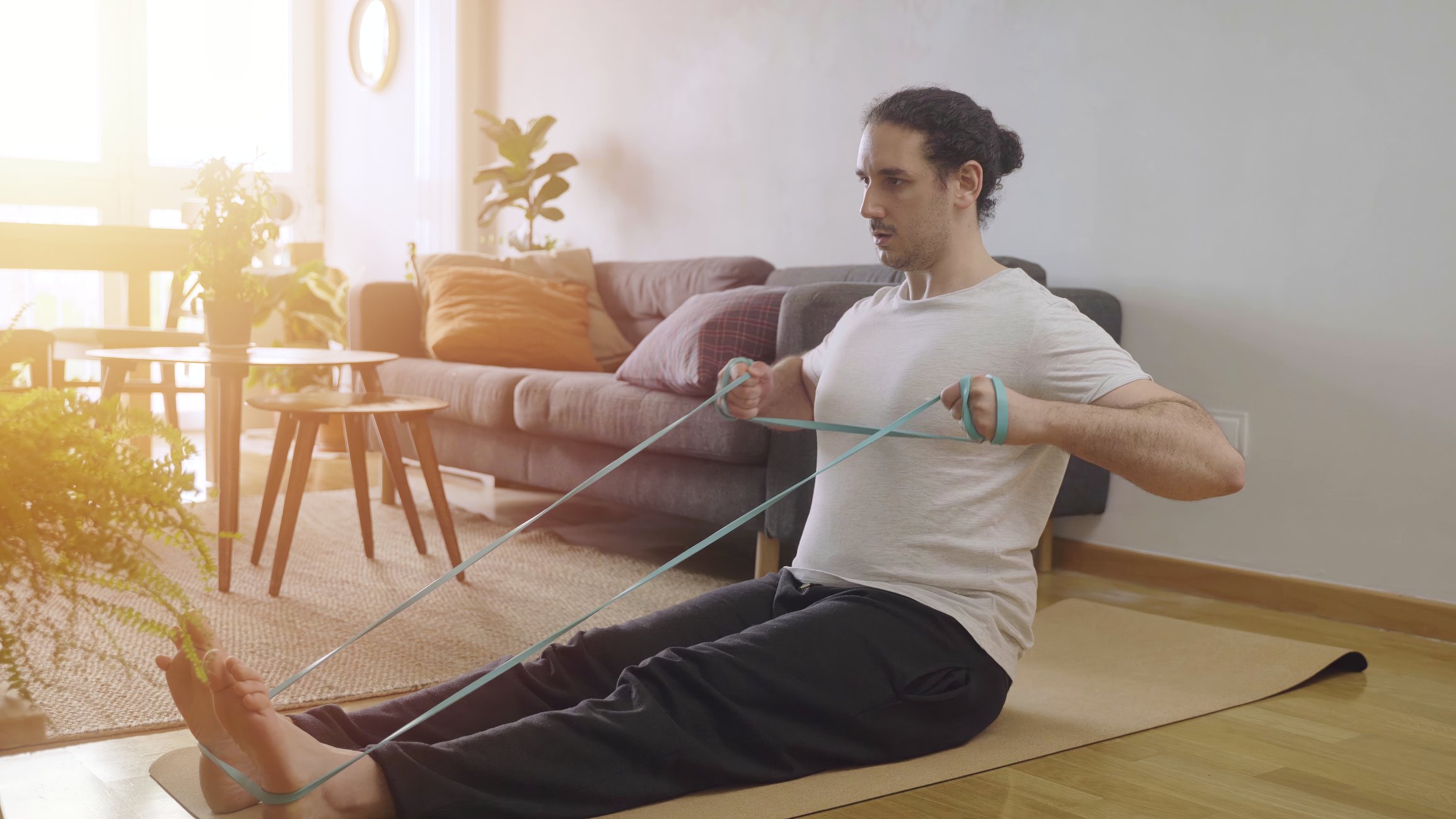What’s the Best Way to Prevent Lower Back Pain?
Research shows that regular exercise may be key to keeping your low back strong and pain free
Lower back pain can be debilitating, and even scary, especially when it keeps occurring. While about 85 percent of us experience low back pain at least once in our lifetime, nearly half of those affected see the pain returning within a year. This can clearly have a detrimental effect on our home life, as well as at work or school.
Research shows us how to prevent lower back pain
Fortunately, there are ways to prevent recurrent episodes of low back pain, and research shows us just how you can work to keep this discomfort a thing of the past.
A study of more than 30,000 people with low back pain
A 2016 systematic review that studied the prevention of low back pain, found some interesting results. The research paper examined the recurrence of low back pain in more than 30,000 individuals and compared strategies for reducing the risk of having another episode.
“We encourage you to stay active to avoid getting a ‘bad back.’ Go for more walks, learn some effective back exercises, and educate yourself on how to maintain a healthy back.”

Strength training has been studied the most and does help many people prevent back pain from returning. However, any exercise done regularly has the potential to help.

Massage, mobilization, manipulation, and dry needling help reduce pain, relax the nervous system, and improve mobility, making movement easier and more comfortable.
How Can You Prevent Low Back Pain from Returning?
If you’ve experienced low back pain once or even a few times, you’re probably looking for ways to keep it from coming back. But what actually works? According to research, back belts, shoe insoles, and ergonomic adjustments do not reliably prevent future episodes of low back pain.
Exercise and Learning to Keep Your Back Healthy
Want to know the not-so-secret key to a healthier back? Yes, you may have guessed it, exercise. When combined with personalized education—understanding what truly helps and what doesn’t—exercise is far more effective than simply following what has worked for others. Research shows that this combination of personalized exercise and education reduces the risk of recurring low back pain while also decreasing the frequency, intensity, and duration of flare-ups. Most importantly, it gives you the confidence to manage your back if pain does return.
Making Exercise a Long-Term Habit
Consistency is key to preventing future back pain episodes. Not sure where to start? Think about exercises you've enjoyed in the past or feel comfortable with—then start slow, build gradually, and stay active.
For general exercise recommendations, check out the Canadian Physical Activity Guidelines to find the best types and amounts of exercise for you.
RELATED POSTS
echo echo is a digital marketing agency in Canada's Pacific Northwest that focuses on web design & development, online advertising, and branding & design. While we serve our clients with a passion that some would consider excessive, we also keep business to business hours and stay fresh by enjoying all that the Canadian Pacific Northwest has to offer.































